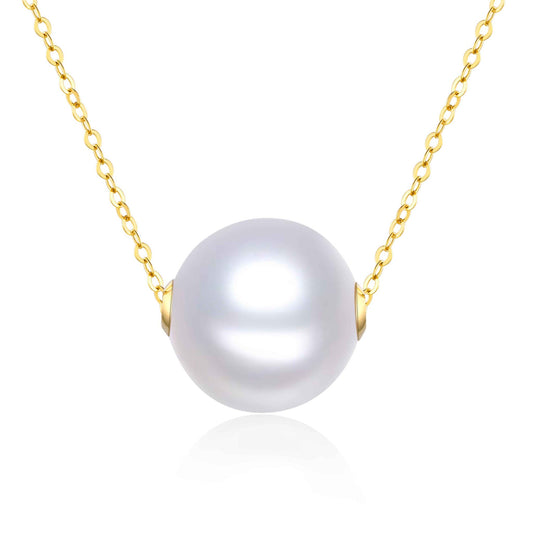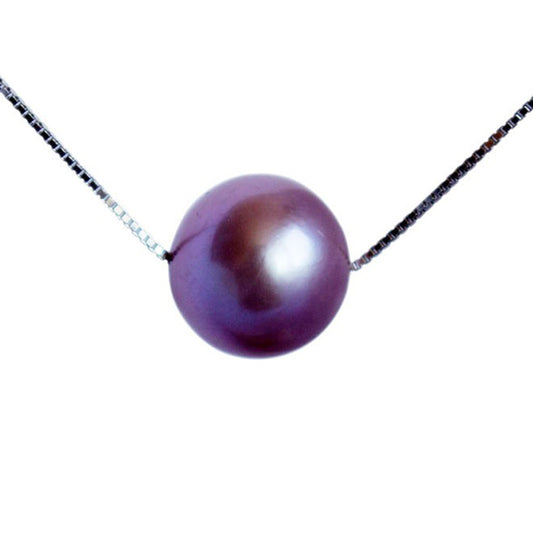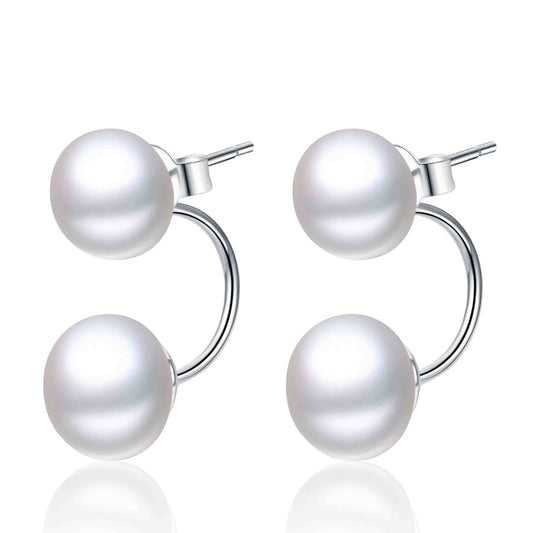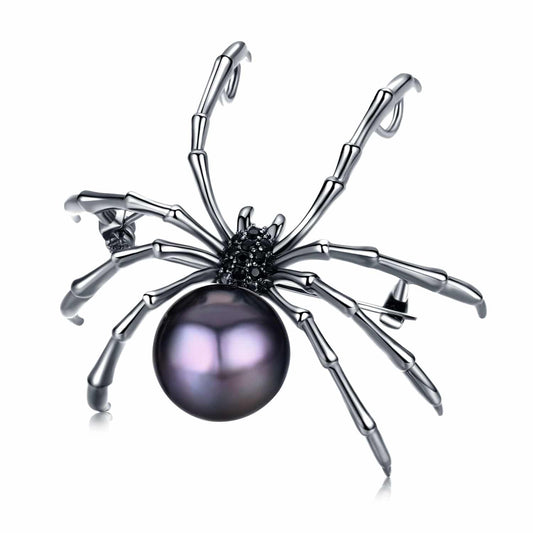Her Determination Saved the Lives of Thousands of Babies.
Sometimes the obstacles on our road just seem too many, or too difficult. But pearls teach us that with quiet determination and hard work, no obstacle is too big. Oysters work for months to fix a big problem in the safety of their tiny shell: a grain of sand or an implanted bead. The outcome is a shimmering pearl. We believe that people are like oysters, and that we can channel our energy in such a way that we take an ordinary – sometimes even a difficult – life and turn it into a pearlescent legacy. In honor of this unique human quality, we are publishing a series looking at women who have lived their lives like pearls. This is the sixth part of the Living like a Pearl series. Find the other stories here.
_______
She had dyslexia and was partially deaf. Her mother died of tuberculosis when she was only 11 years old, and she herself also contracted the disease. Though it was the 1900s and there were some colleges that had started accepting women to medical school, she wanted to study at Harvard, where her father was an economist. She considered switching to public health, but they informed her that because she was a woman, they would not give her a degree – even if she completed all four years.
To anyone looking from the outside, it may sound like Helen Brook Taussig had the odds stacked against her. But this is not a story about someone who lay down and gave up, and if ever there was a woman that lived her life like a pearl, it was Taussig. She graduated from the Johns Hopkins University School of Medicine (where they did, in fact, accept women) with an MD degree in medicine in 1927.
As an adult, Taussig was completely deaf. She used her fingers to ‘listen’ to children’s heartbeats and diagnose defects. Yet she still went on to specialize in exactly that – cardiology. Together with two colleagues, she went on to develop the Blalock-Thomas-Taussig shunt, which treated babies with cyanotic heart defects – also called ‘blue baby syndrome’. These conditions cause babies to turn blue due to a lack of oxygen flow between the heart and the lungs, and the shunt helped devise a way for babies to survive longer and become stronger before further surgeries can be performed to address their heart defects. It is estimated that at the time of Taussig’s death years later, tens of thousands of children’s lives had been saved by this method.
But that’s not all. Though Taussig struggled with dyslexia, she wrote a total of 129 medical papers in her life. And one of the especially large pearls in her career is the role she played in banning thalidomide. At the time, the drug was commonly prescribed to pregnant women to help with morning sickness and encourage sleep. But after hearing about the link between the drug and under-developed limbs in babies, she traveled to Europe to investigate further and then started a campaign to ban it. Her efforts included writing journal articles about it, speaking at the American College of Physicians, and testifying in front of Congress in 1967. The result was that it was banned in both the USA and Europe.
She received about 20 awards and honors during her lifetime and after – and that from a woman who not only struggled to find a college to study at, but who also lost her mother, suffered from tuberculosis and was deaf. She may have had the odds stacked against her, but she turned them upside down. What she left this world is a pearl of a legacy, something to inspire other women, and medical professionals in general.
Dr. Helen Taussig lived her life like a pearl.




